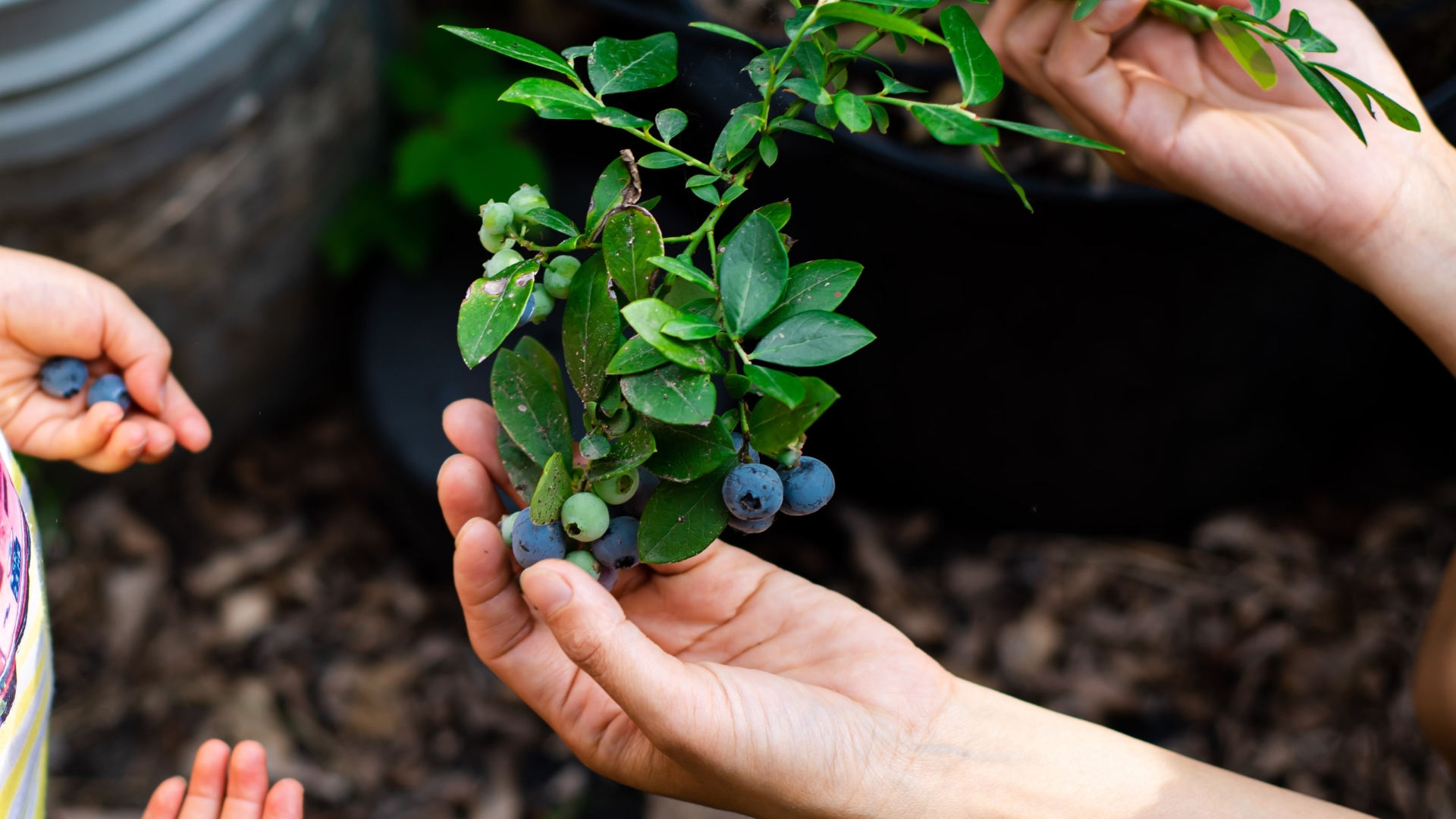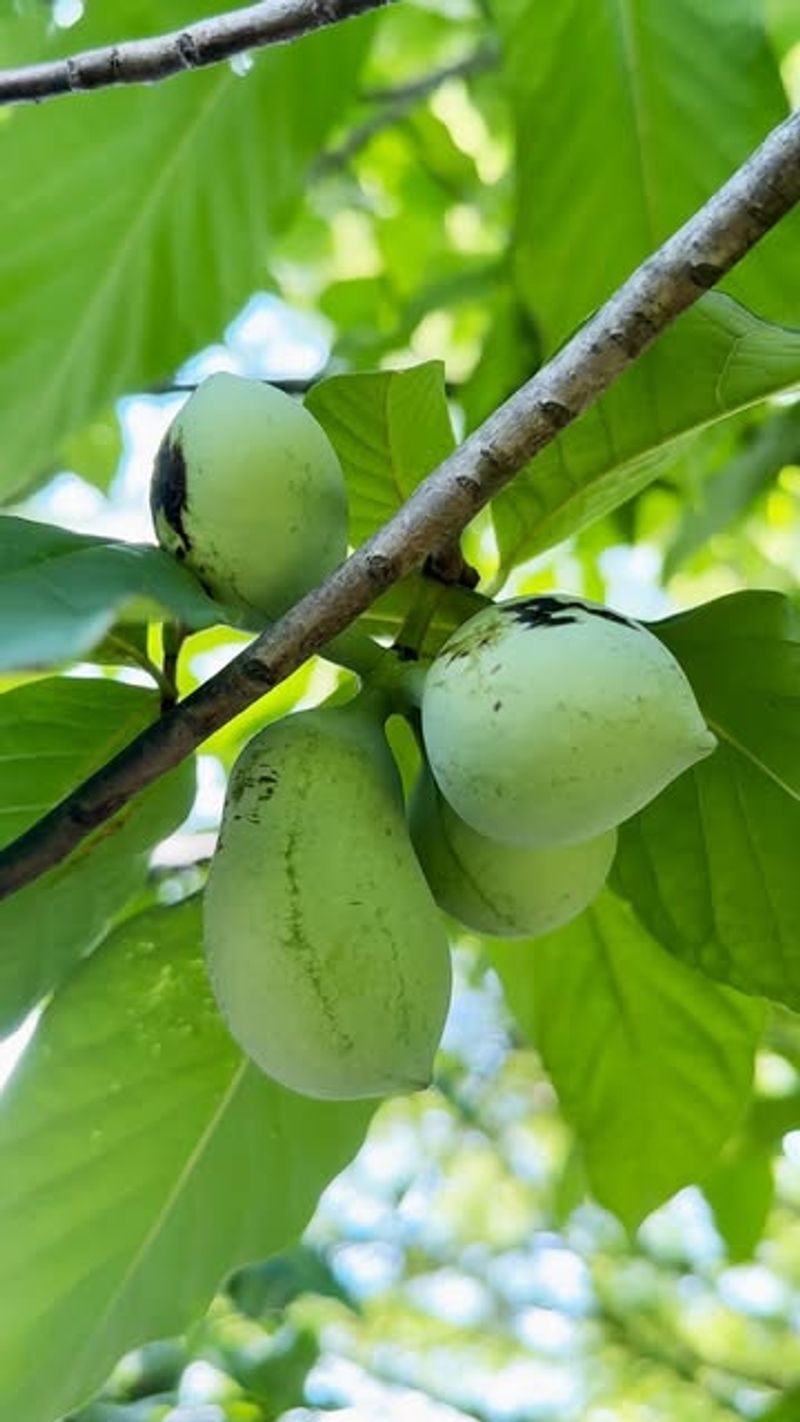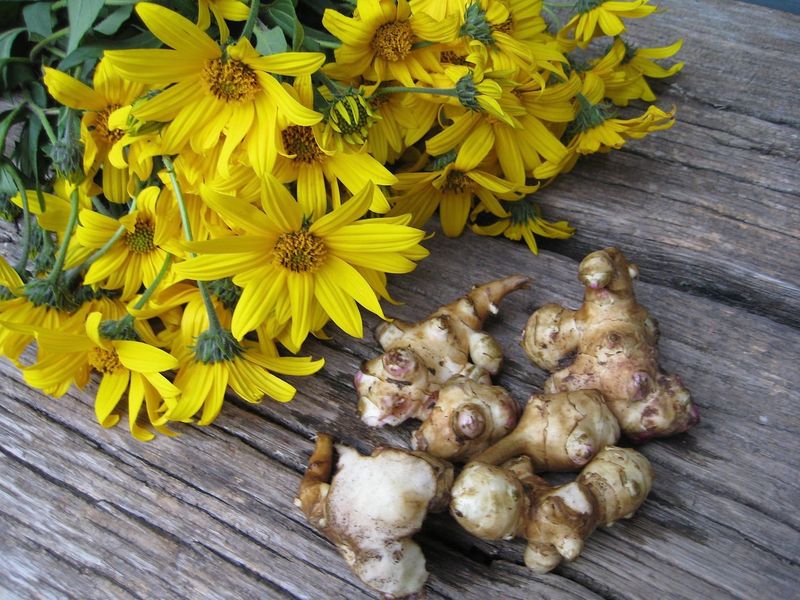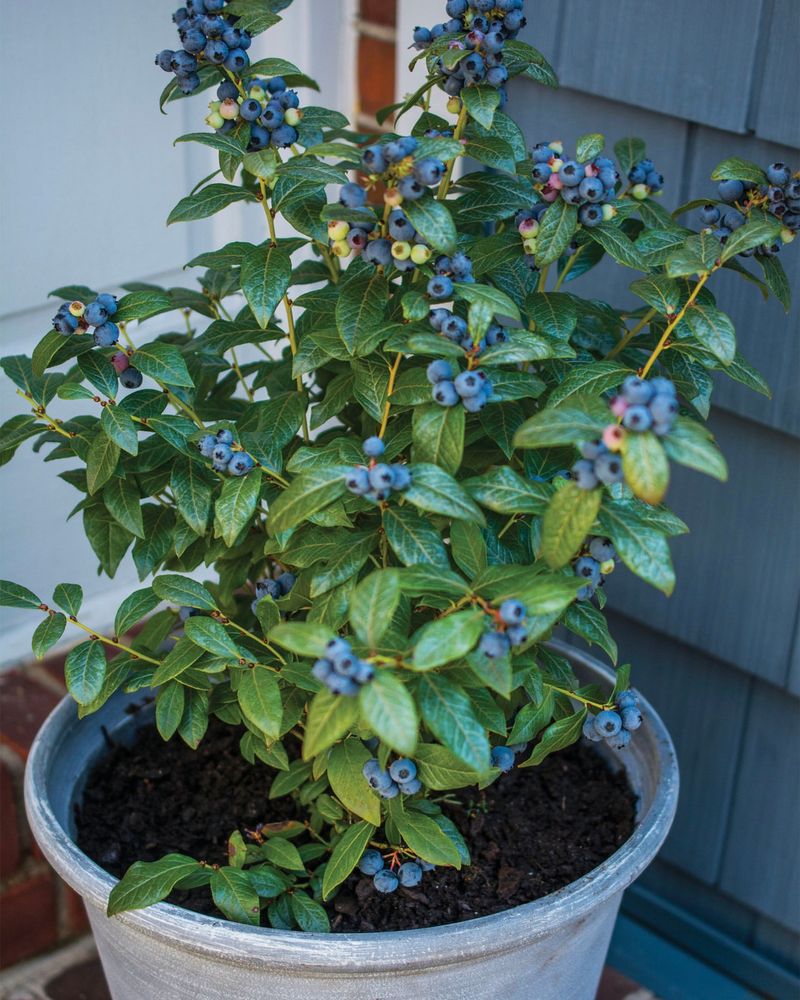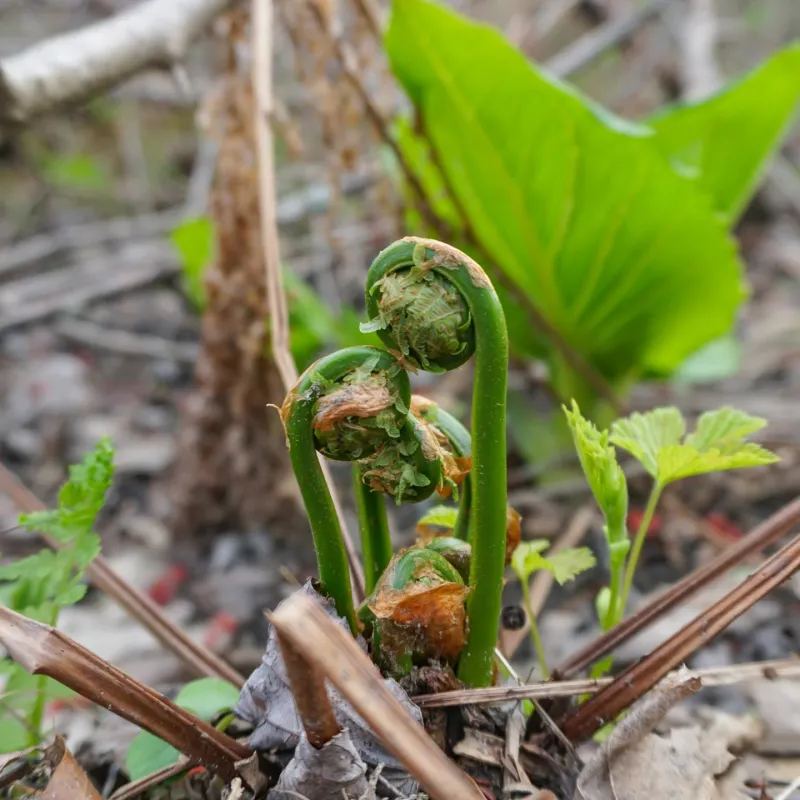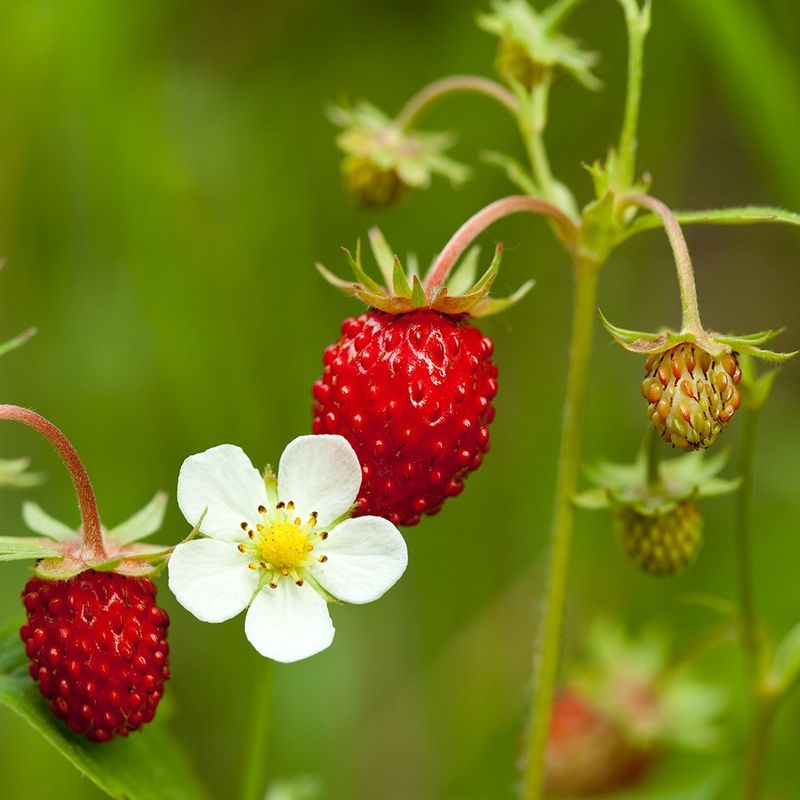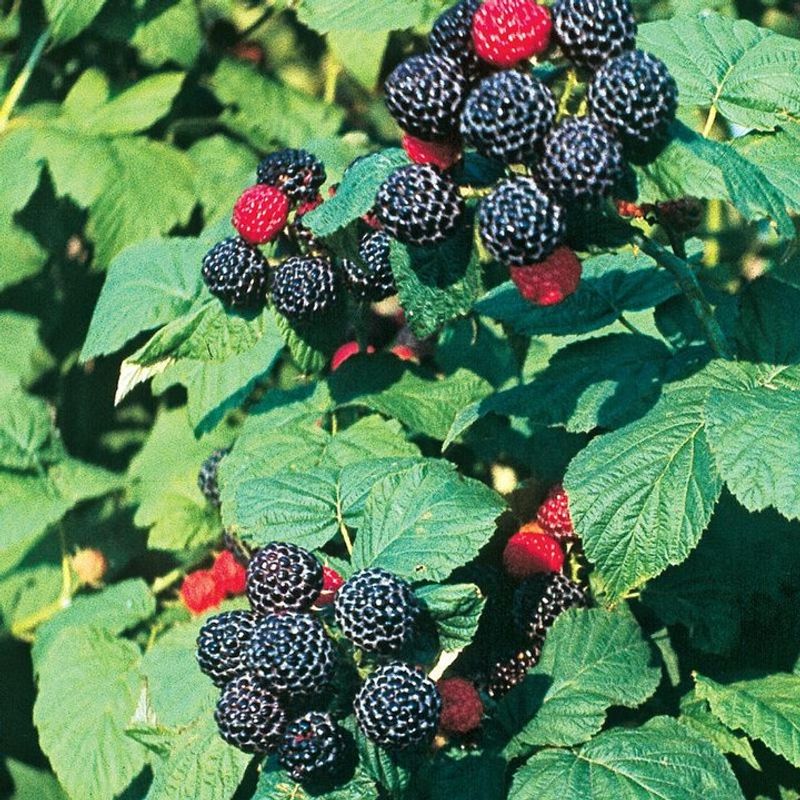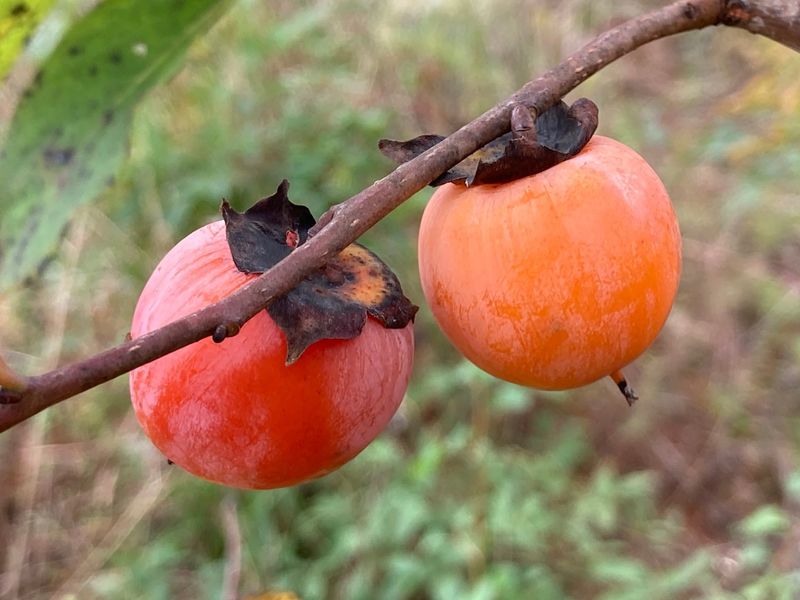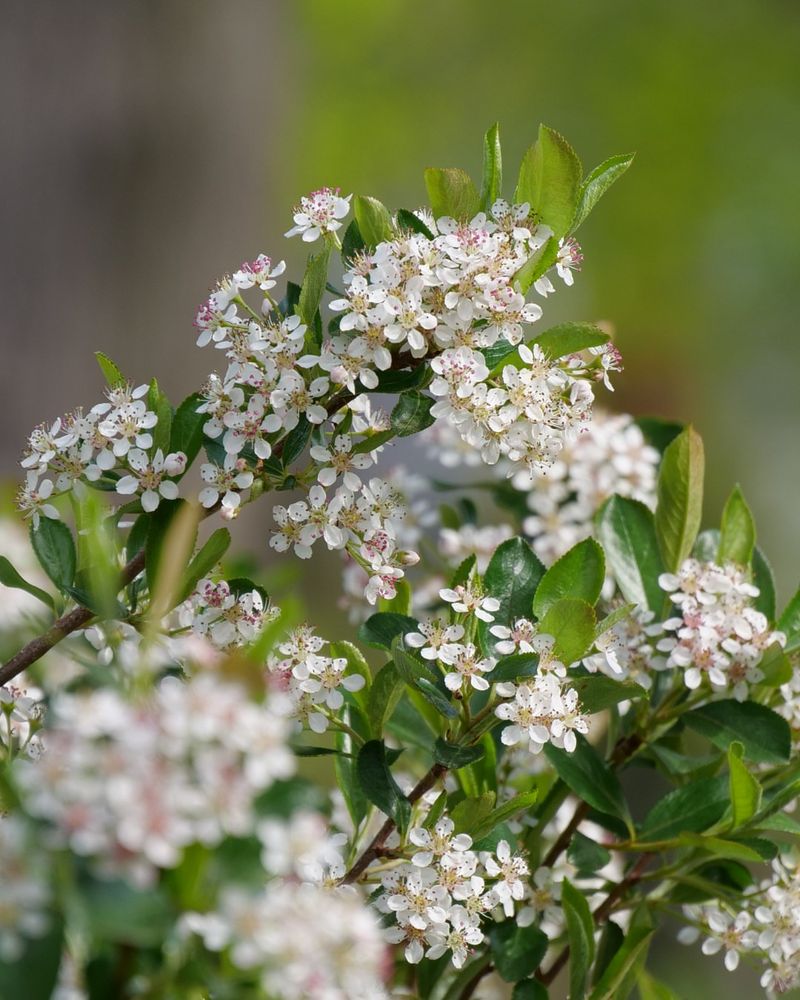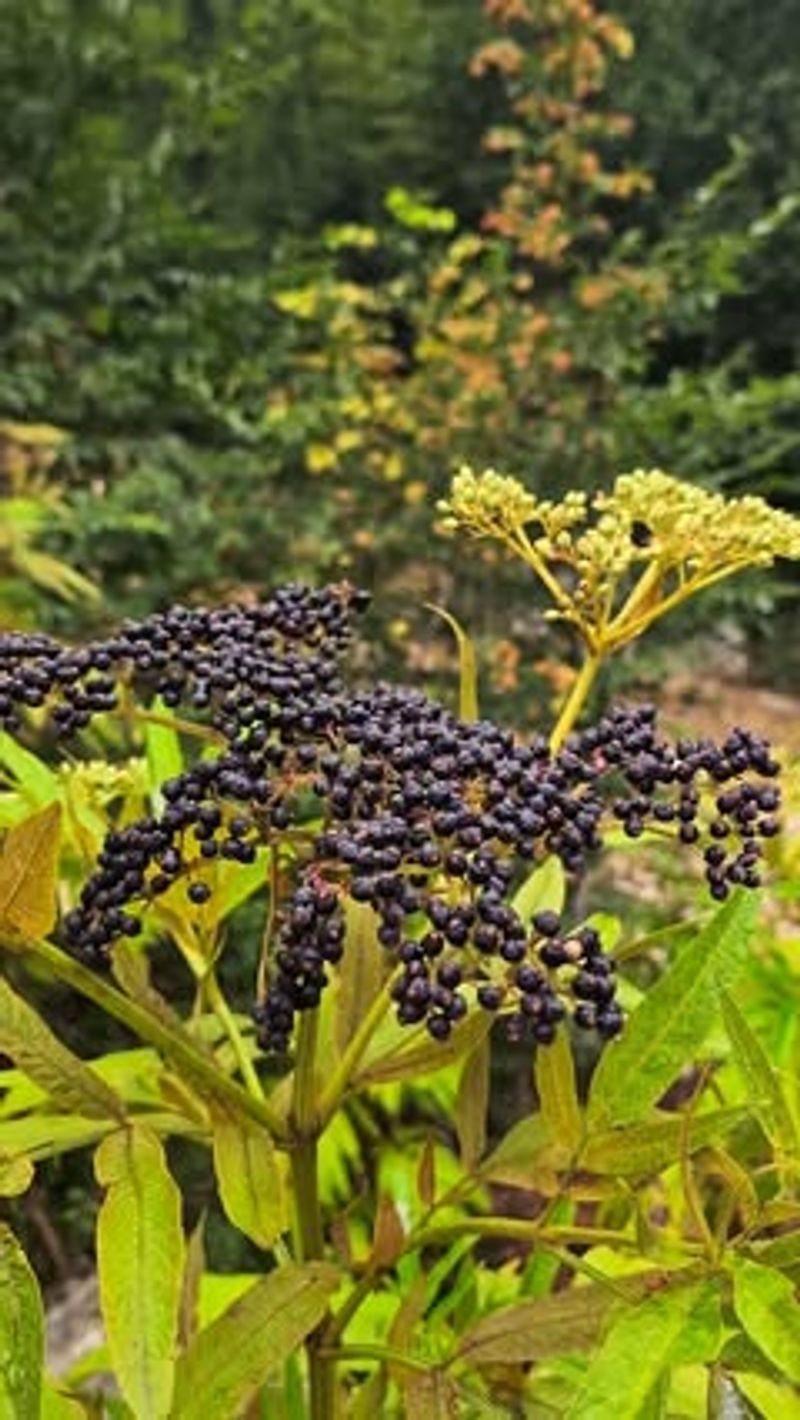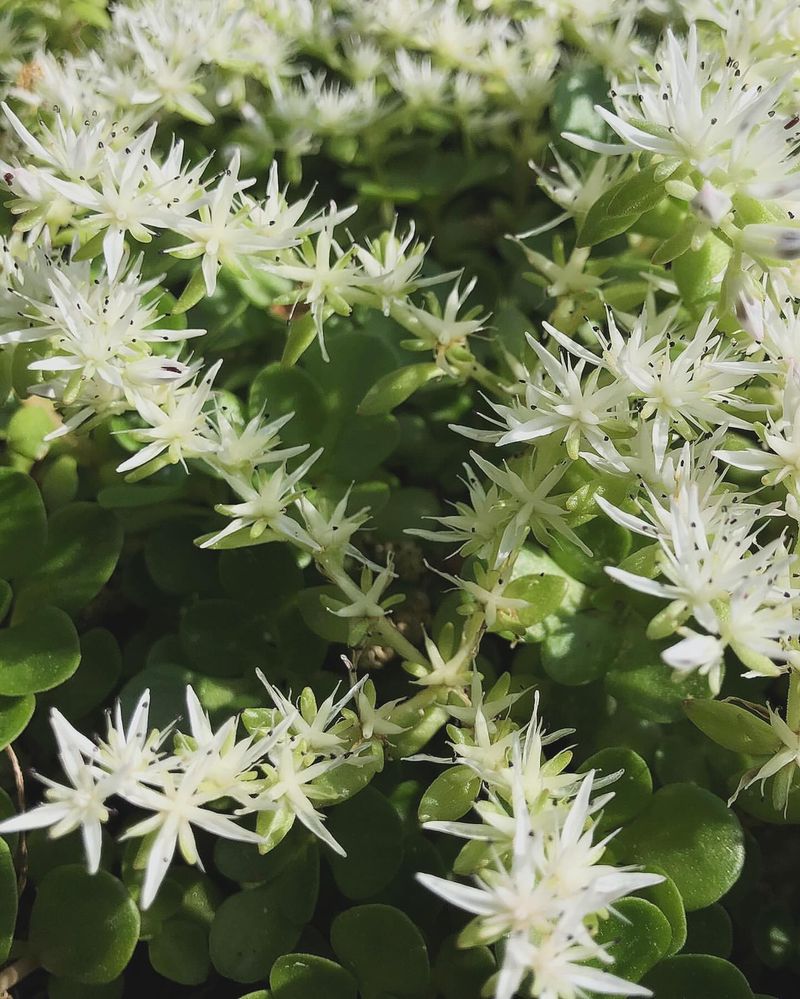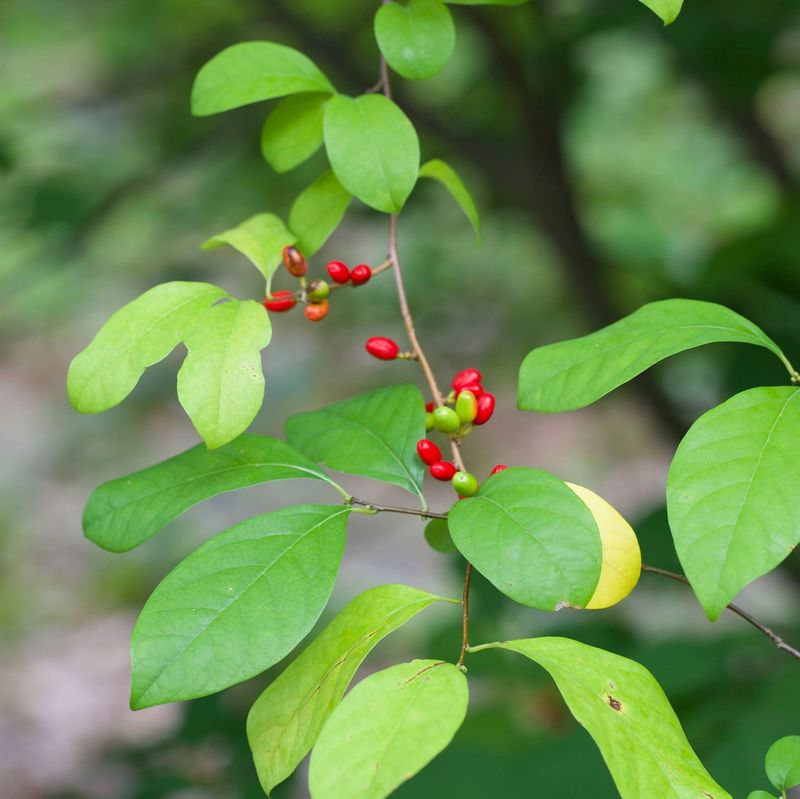Terrace gardening in New York City offers a chance to grow fresh, edible plants even with limited space. Choosing plants that work well with native species can create a balanced and thriving environment.
Some edible varieties adapt better to urban terraces and complement local plants naturally. They can provide flavor, greenery, and a bit of nature above the city streets.
Here are some edible plants that might fit nicely on native-focused terraces in New York City.
1. Pawpaw
The only tropical-tasting fruit native to the Northeast yields custard-like flesh with mango-banana flavor. Hardy in New York’s climate, these small trees produce fruit after 5-7 years.
Grow in partial shade on your NYC terrace, providing wind protection during establishment. Pawpaws attract beautiful zebra swallowtail butterflies and require minimal pest management compared to other fruits.
2. Serviceberry
Sweet purple berries emerge after delicate white spring flowers on this multi-season stunner. Compact varieties work perfectly for New York terrace containers, offering both ornamental value and tasty harvests.
The berries taste like blueberries with almond notes and make excellent jams. Throughout the Empire State, serviceberries thrive in urban settings, tolerating pollution while supporting over 35 native bird species.
3. Ramps
Wild leeks with a cult following among New York chefs flourish in partial shade. Their garlicky-onion flavor enhances spring dishes, though harvest sparingly as they’re slow-growing natives.
In containers, ramps need rich, moist soil mimicking forest conditions. Throughout the Empire State, thoughtful cultivation helps preserve wild populations while providing your terrace with low-maintenance edibles that emerge before other plants wake up.
4. Jerusalem Artichoke
Sunny yellow flowers top these productive native plants before they develop crisp, nutty tubers underground. Despite the name, they’re neither from Jerusalem nor artichokes—they’re sunflower relatives native to eastern North America.
They’ll thrive in deep containers on your New York terrace, producing nutritious tubers high in inulin. Across the Empire State, these hardy plants require minimal care while providing both ornamental value and fall-winter harvests.
5. Blueberry
Compact highbush varieties bring gorgeous spring flowers, summer berries, and fiery fall foliage to terrace gardens. Native to New York woodlands, they prefer acidic soil easily maintained in containers with pine needle mulch.
The Empire State’s climate suits these antioxidant powerhouses perfectly. Choose at least two varieties for cross-pollination, ensuring better yields of the plump berries that taste infinitely better than store-bought versions.
6. Ostrich Fern
Unfurling fiddleheads emerge each spring as delectable vegetables when harvested young. These architectural natives create dramatic vertical interest on shady terraces while providing gourmet treats comparable to asparagus.
Across New York, foragers prize these ferns for their brief spring harvest window. On your terrace, they’ll thrive in moist, rich soil, creating a lush backdrop for other edibles while offering their own seasonal delicacy.
7. Wild Strawberry
Tiny ruby gems pack more intense flavor than their commercial cousins. These ground-covering natives cascade beautifully from hanging baskets on New York terraces, producing sweet-tart berries throughout summer.
The Empire State’s native strawberries attract beneficial pollinators while deterring some pests. Their shallow root systems make them perfect for terrace container gardening, spreading to create living mulch around taller native plants.
8. Black Raspberry
Compact thornless varieties yield dark, intense berries on arching canes. Unlike imported berries, these natives evolved for New York’s climate, offering disease resistance and exceptional flavor without chemical treatments.
The Empire State’s pollinators flock to the spring flowers before summer’s jewel-like fruits appear. On terraces, grow in 5-gallon containers with trellising, harvesting berries that outshine anything from supermarkets in both flavor and nutrition.
9. Persimmon
American persimmons offer sweet, date-like fruits after fall frosts soften their astringent flesh. Dwarf varieties adapt to large containers, bringing this native treat to New York City terraces with dramatic orange autumn displays.
Unlike their Asian cousins, these natives handle the Empire State’s climate extremes effortlessly. Patient gardeners are rewarded with unique fruits unavailable commercially, rich in vitamins and featuring complex caramel-apricot flavors.
10. Beach Plum
Prized coastal shrubs produce purple-blue fruits perfect for preserves and wine. Naturally adapted to poor soils and salt spray, these resilient natives thrive in windy New York terraces where other fruits struggle.
Across the Empire State’s shorelines, these plants stabilize dunes while producing tart-sweet harvests. In containers, they remain compact while offering beautiful spring blossoms followed by fruits with complex flavor sought after by gourmet chefs.
11. Chokeberry
Brilliant berries follow white spring flowers on these adaptable native shrubs. Though astringent fresh (hence the name), they transform into delicious jams and syrups packed with antioxidants and distinctive flavor.
Throughout New York, these hardy plants withstand urban pollution and confined root spaces. On your Empire State terrace, they’ll provide multi-season interest with spring flowers, summer berries, and spectacular autumn foliage in compact containers.
12. Elderberry
Umbrella-shaped flower clusters become purple-black berries used in immune-boosting syrups and wines. Dwarf varieties suit terrace containers while attracting beneficial insects to your New York garden ecosystem.
Across the Empire State, native elderberries support over 40 bird species. The flowers make delicate fritters or cordials, while properly prepared berries offer medicinal properties recognized by both indigenous traditions and modern research.
13. Woodland Stonecrop
Succulent groundcover produces edible leaves with lemony-pepper flavor for salads. This drought-tolerant native spreads between container plants on New York terraces, creating living mulch that reduces watering needs.
Throughout the Empire State, these hardy succulents naturally grow on rocky outcrops. On terraces, they thrive in shallow containers, cascading over edges while providing year-round interest and occasional tender harvests for curious urban foragers.
14. Spicebush
Aromatic leaves and berries offer allspice-like seasoning from this understory native. Compact specimens grow beautifully in large containers, providing New York terrace gardeners with homegrown spice and butterfly habitat.
Throughout the Empire State, spicebush supports swallowtail butterflies while offering year-round interest. The twigs make fragrant tea, while the berries can be dried and ground as a local alternative to imported spices.
15. Passionflower
Exotic-looking native vines produce tropical-tasting fruits after otherworldly flowers. Hardy varieties climb trellises on New York terraces, offering both edible harvests and spectacular blooms that stop visitors in their tracks.
Across the Empire State’s southern regions, these native climbers support specialist pollinators. On terraces, they grow vigorously in containers with support, producing egg-sized fruits with sweet-tart pulp reminiscent of tropical punch.
16. Common Milkweed
Young shoots, flower buds, and seedpods offer multiple harvests from this crucial butterfly plant. Immature pods taste remarkably like green beans when properly prepared, while supporting monarch butterflies throughout New York.
The Empire State’s native milkweed thrives in deep containers, requiring minimal care. Beyond edibility, growing this plant on your terrace creates essential habitat, turning your outdoor space into a conservation hotspot in the concrete jungle.

